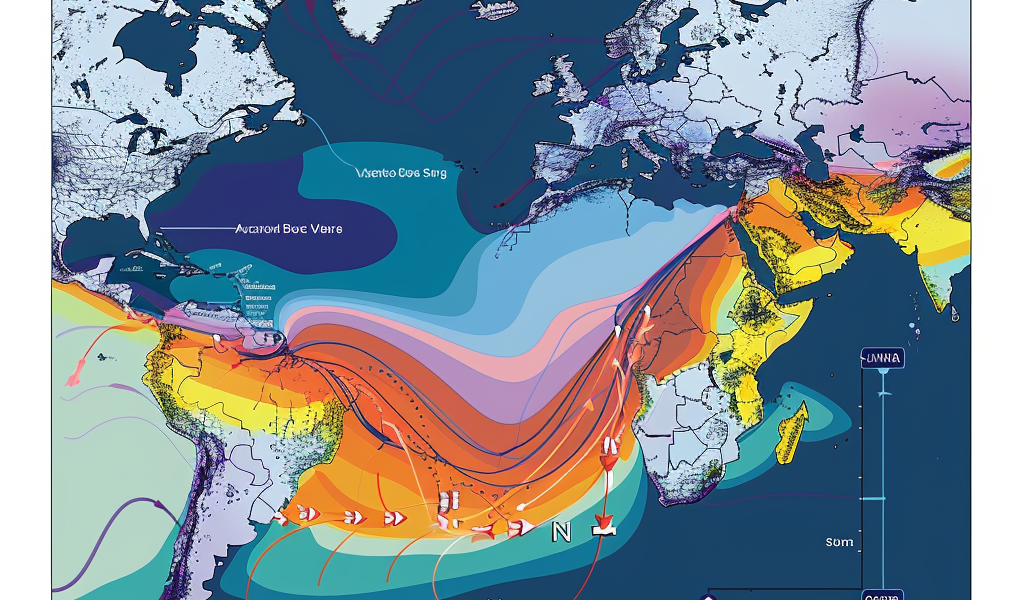A recent study published in Nature Geoscience has highlighted the weakening of the Atlantic Meridional Overturning Circulation abyssal limb in the North Atlantic. The abyssal limb plays a crucial role in redistributing heat and carbon by carrying Antarctic Bottom Water from the Southern Ocean towards the Northern Hemisphere.
The study, conducted by Tiago Carrilho Biló, Renellys C. Perez, Shenfu Dong, William Johns, and Torsten Kanzow, utilized mooring observations and hydrographic data from various sources in the North Atlantic. It was revealed that the northward flow of Antarctic Bottom Water is limited below 4,500 meters with an average volume transport of 2.40 ± 0.25 Sv at 16° N.
During the period from 2000 to 2020, the transport of Antarctic Bottom Water towards the north experienced a weakening of approximately 0.35 ± 0.13 Sv, representing a 12 ± 5% decrease. This weakening is believed to be a response to reduced formation rates of Antarctic Bottom Water over the past few decades and is linked to the observed abyssal warming in the western Atlantic Ocean.
The study estimates that the warming of the Antarctic Bottom Water layer in the subtropical North Atlantic has been averaging 1 m°C per year in the last two decades. This warming trend is attributed to the downward movement of abyssal isopycnals, leading to an increase in abyssal heat content and, consequently, contributing to sea-level rise in the region.
Interestingly, the warming trend observed in the North Atlantic is only about half of that observed in the South Atlantic and parts of the Southern Ocean, indicating a dilution of the signal as the Antarctic Bottom Water crosses the Equator.





